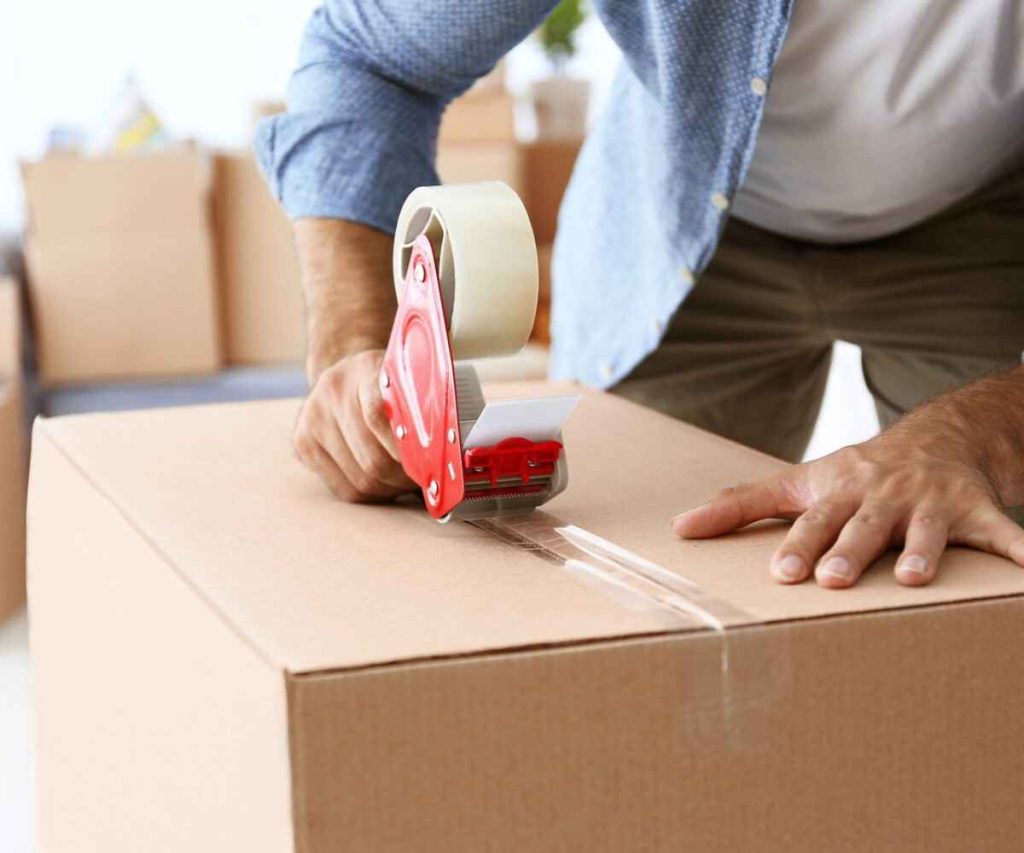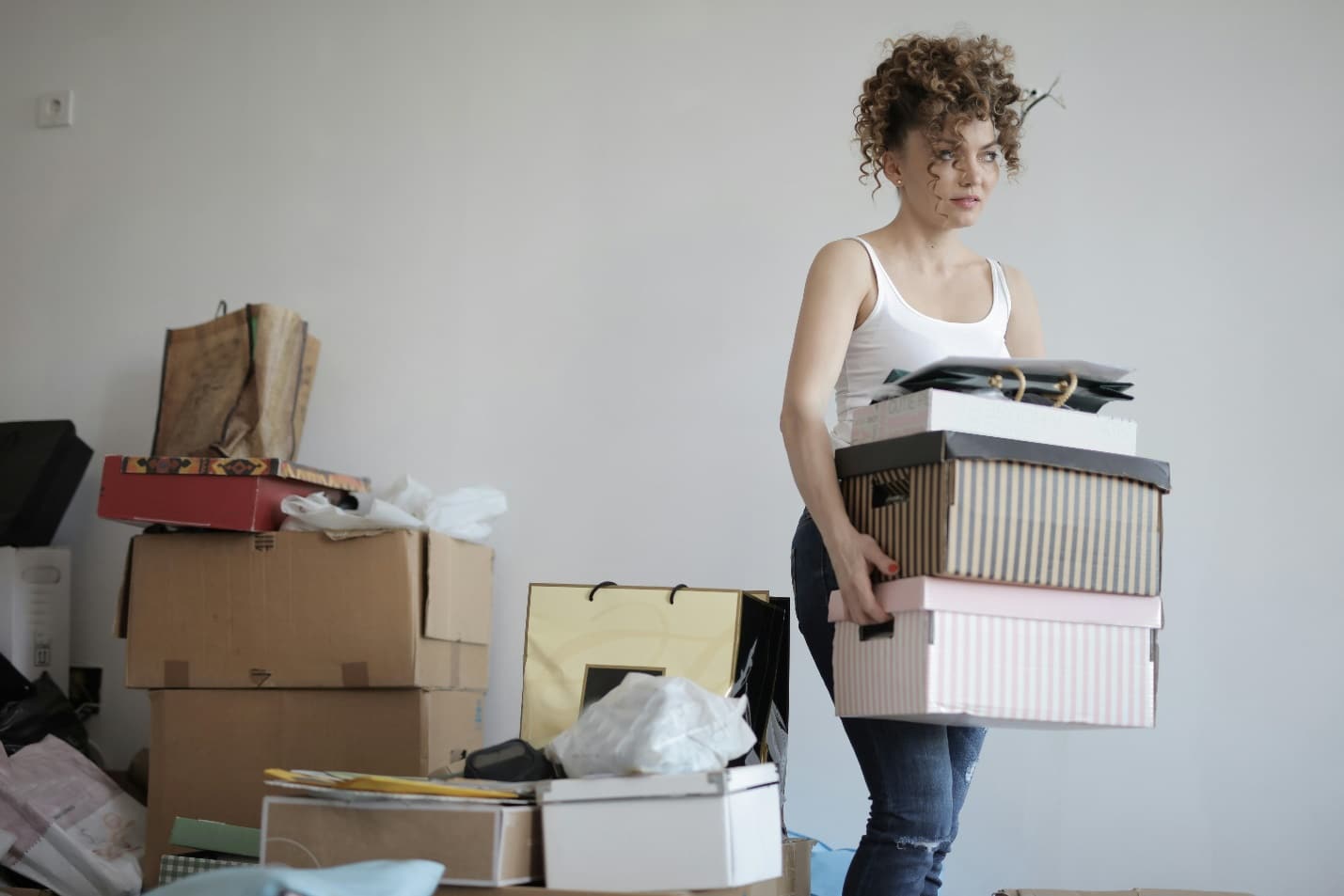Long-distance moving can be a daunting task, but with the right preparation and strategies, it can be a smooth and stress-free experience. Efficient packing plays a crucial role in ensuring that your move goes off without a hitch.
This article provides practical tips on how to pack efficiently for a long-distance move, helping you stay organized and minimize stress.
1. Plan Ahead

Planning ahead is the first step towards a successful long-distance move. Start by creating a moving timeline that outlines all the tasks you need to complete before, during, and after the move. Break down the tasks into manageable chunks, and set realistic deadlines for each one. This will help you stay organized and on track.
A detailed checklist is also essential. List everything you need to do, from notifying utilities and changing your address to packing each room. Prioritize tasks based on their importance and deadlines.
For instance, notify your landlord or real estate agent early and start gathering packing supplies well in advance. Planning in advance reduces last-minute stress and ensures you don’t overlook any important details.
2. Declutter and Organize
Before you begin your packing process, take some time out to declutter your belongings. Go through each room and decide what to keep, give away, or throw out. This is an excellent opportunity to get rid of items you no longer need or use, which can significantly reduce the volume of things you have to move.
Organizing your belongings by category or room can also make the packing process more efficient. Group similar items together, such as kitchen utensils, books, and clothes. This will make packing easier and help you unpack more quickly in your new home. Decluttering not only saves time and space but also can lower moving costs by reducing the number of items to be transported.
3. Choose the Right Moving Company

Hiring professional long distance movers, like Budget Movers, is essential for a successful long-distance move. Experienced movers have the expertise to handle all aspects of the move, from packing and loading to transportation and unloading. They use top-quality packing materials and techniques to ensure your belongings are well-protected during the journey.
Professional movers also have the necessary equipment to safely move heavy and bulky items, reducing the risk of injury and damage. Moreover, you can focus on settling into your new home while they take care of the heavy lifting and logistics.
4. Pack Room by Room
Packing room by room is an effective strategy for staying organized and avoiding feeling overwhelmed. Start with the rooms you use the least, such as guest rooms or storage areas, and work your way to the more frequently used spaces, like the kitchen and bedrooms.
As you pack, label each box with its contents and the room to which it belongs. This will make unpacking much easier and more efficient in your new home. Keep a detailed inventory of what’s in each box to prevent any items from getting lost or misplaced. Packing one room at a time also allows you to systematically tackle the task without creating chaos throughout your entire home.
5. Maximize Space in Boxes

Efficiently using space in your moving boxes can make a significant difference in the overall packing process. Start by disassembling large items like furniture when possible to save space. Use smaller items to fill gaps within the boxes to maximize space. For instance, pack socks or small kitchen items inside shoes or pots.
Avoid overpacking boxes as this can make them too heavy to carry and increase the risk of boxes breaking. A good rule of thumb is to keep each box under 50 pounds. Balance the weight of the boxes by mixing heavy items with lighter ones. This makes handling the boxes easier and safer. Properly utilizing space can reduce the number of boxes you need, saving both space and money.
6. Protect Fragile Items
Protecting fragile items during a long-distance move is crucial to avoid damage. Start by wrapping each fragile item individually with bubble wrap or packing paper. Ensure you use enough material to provide adequate cushioning. For items like glassware, dishes, and ceramics, use dish-pack boxes, which are designed with dividers to keep items separated and safe.
When packing fragile items, place heavier items at the bottom of the box and lighter ones on top. Fill any gaps with packing peanuts, foam, or crumpled packing paper to prevent movement. Label these boxes clearly with “Fragile” and “This Side Up” to ensure they are handled with care. Investing time in properly packing fragile items can save you from heartbreak and additional costs due to breakage.
7. Handle Important Documents Separately
Important documents should always be handled separately and kept in a safe, easily accessible place. Gather all essential documents, such as passports, medical records, financial statements, and moving contracts, and place them in a secure folder or a small, lockable box.
It’s advisable to keep these documents with you during the move rather than packing them with other items in the moving truck. This ensures they are safe and accessible if needed during the move. You might also consider making digital copies of essential documents as an extra precaution. Keeping your important documents organized and secure will provide peace of mind during the transition.
8. Pack an Essentials Box
An essentials box is vital for the first few days in your new home. This box should contain items you’ll need immediately, such as a pair of extra clothes, toiletries, basic kitchen supplies (like a kettle, coffee maker, and utensils), medications, and some snacks.
Having an essentials box helps you avoid the stress of searching through multiple boxes to find what you need right away. Pack this box last and ensure it is clearly labeled and easily accessible. Keeping the essentials box with you during the move, rather than in the moving truck, ensures you can start settling in without hassle.
To Sum It Up
Efficient packing and thorough preparation can transform the daunting task of a long-distance move into a manageable process. By focusing on organization, protection of your belongings, and effective communication with your moving company, you can ensure a smoother transition to your new home.
These steps not only save time and reduce stress but also help you settle in more comfortably and quickly.

